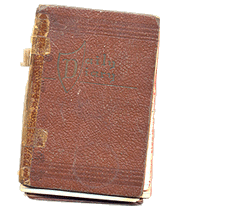
South Works Steel Plant
Monday, September 17, 1945: “Sis and I went for a ride by the lake and really enjoyed ourselves.”

I'll speculate that Sis and Dot, and the two guys they'd just met, headed east on 63rd Street to Jackson Park, and then south past 79th Street. On their left, between South Shore Drive and the lake, was the thriving South Works steel plant and its thousands of workers:
Etched in the slag piles that cover the site is a heroic tale of men like Frank Stanley, men who built the steel that undergirds the Loop's skyscraper behemoths, the rocket assembly structures at Cape Canaveral, Iowa's farm plows and the railroads that crisscross a continent.
"Why were the foremen big and burly?" Stanley asks rhetorically of preunion days, when workers didn't have many rights. "To keep you in line. They'd tell you to do something. If you didn't, you got punched."
The South Works story speaks, literally and figuratively, to the great American myth of the melting pot.
As the journalist John Maclean put it in a 1992 Tribune Magazine article about the closing of South Works, the plant's roaring melting pots turned iron ore, limestone and coke into prime steel, and Scots, Irish, Poles, Czechs, Ukrainians, Mexicans, blacks and others into generations of Americans.
Closed and bulldozed almost 20 years ago, plans for revitalizing the area are finally taking shape. Houses, townhomes, parks, stores and streets may one day turn the now desolate site--larger than Chicago's Loop--into a brand new, bustling neighborhood.

In the 1950s, Dot and Sis would take their kids to Rainbow Beach (foreground in the photo above). As we rollicked in the water and made little roads for our toy cars in the sand, we could see the Loop on our left in the distance. On our right, was the hazy South Works. The Loop was magical, like Oz. The steel mills were always powerful-looking and scary... like the Sorcerer in Fantasia.

No comments:
Post a Comment